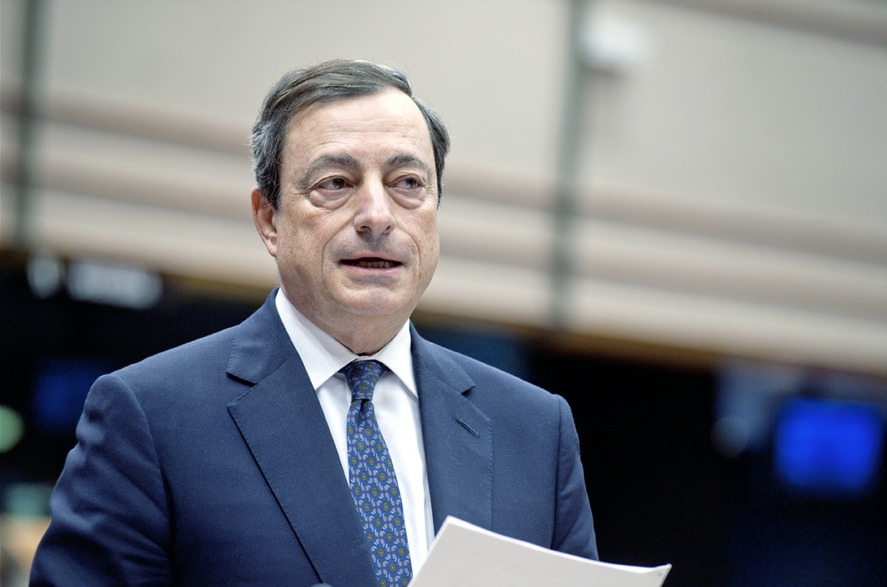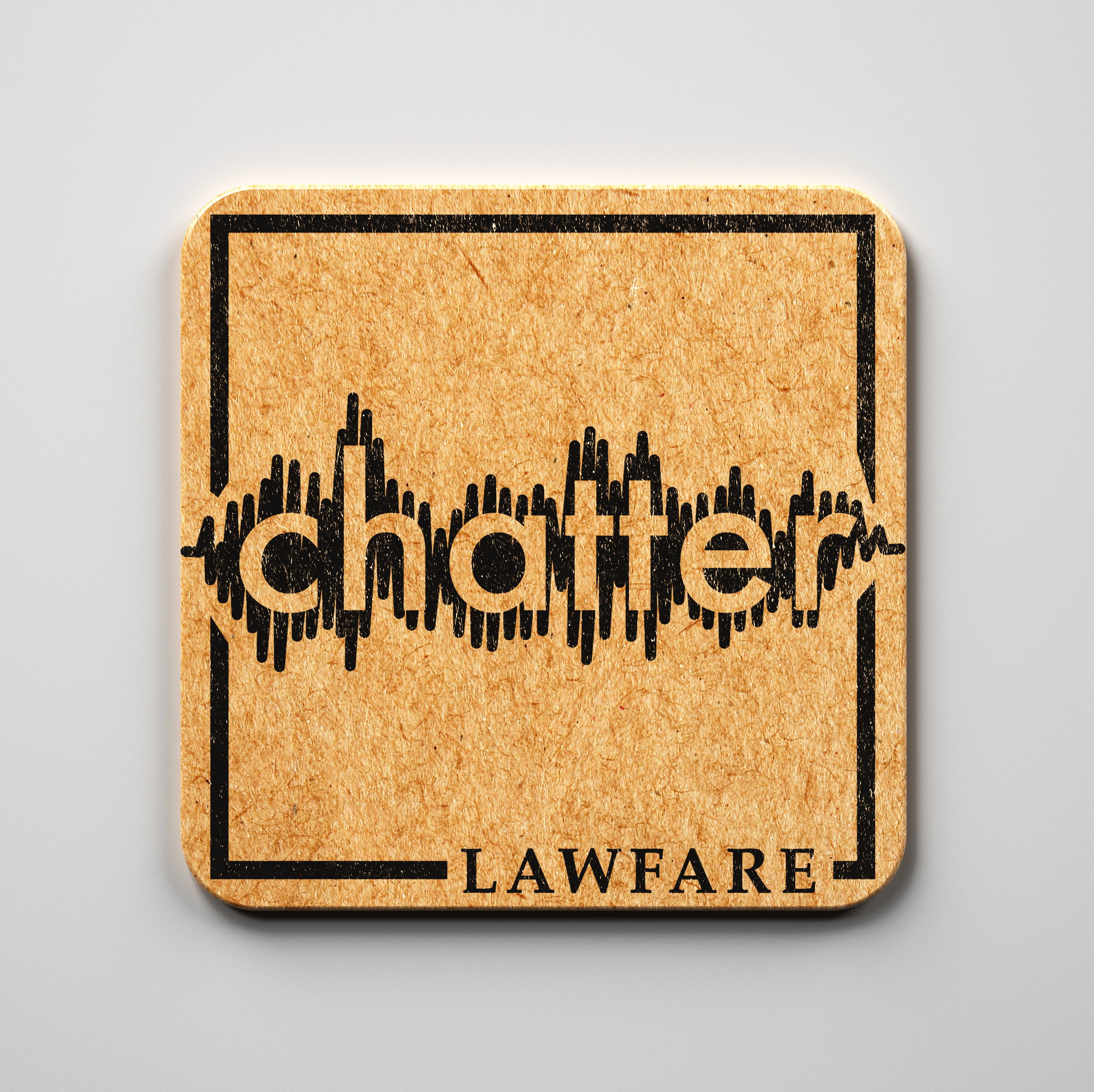Published by The Lawfare Institute
in Cooperation With

[caption id="attachment_16657" align="aligncenter" width="498"] Images © 2013 Adam Harvey / ahprojects.com[/caption]
The latest in "counter-surveillance" fashion" has arrived just in time for spring: a metallic hood designed to hide the wearer from drones. This is not your average tinfoil hat, reports the Guardian:
Images © 2013 Adam Harvey / ahprojects.com[/caption]
The latest in "counter-surveillance" fashion" has arrived just in time for spring: a metallic hood designed to hide the wearer from drones. This is not your average tinfoil hat, reports the Guardian:
 Images © 2013 Adam Harvey / ahprojects.com[/caption]
The latest in "counter-surveillance" fashion" has arrived just in time for spring: a metallic hood designed to hide the wearer from drones. This is not your average tinfoil hat, reports the Guardian:
Images © 2013 Adam Harvey / ahprojects.com[/caption]
The latest in "counter-surveillance" fashion" has arrived just in time for spring: a metallic hood designed to hide the wearer from drones. This is not your average tinfoil hat, reports the Guardian:
"It's what I call anti-drone," explains designer Adam Harvey. "That's the sentiment. The material in the anti-drone clothing is made of silver which is reflective to heat and makes the wearer invisible to thermal imaging."The hoodie is part of a larger line of "Anti-Drone Wear" that includes scarves, t-shirts, and even burqas:
The "Anti-Drone" garments are designed with a metallized fabric that protects against thermal imaging surveillance, a technology used widely by UAVs/drones. The enhanced garments are lightweight, breathable, and safe to wear. They work by using highly metallized fibers to reflect heat, thereby masking the wearer’s thermal signature. Of the three "Anti-Drone" pieces, two are inspired by Muslim dress: the burqa and the scarf. Conceptually, these garments align themselves with the rationale behind the traditional hijab and burqa: to act as “the veil which separates man or the world from God,” replacing God with drone. The third piece, the hoodie, is intended to thwart overhead thermal surveillance from drones.Don't expect to see the hoodies in the next edition of Al Qaeda tips for avoiding drones, though. Harvey describes them as art pieces intended to provoke a conversation about the nature of surveillance, specifically "that surveillance is not bulletproof. That there are ways to interact with it and there are ways to aestheticise it." However, the practical market in an age of increasing aerial surveillance is undeniable. Harvey acknowledges that potential purchasers might include survivalists, political protestors, and others who shun the government's gaze. Naturally, a less-chic but higher-tech military version already exists. Last year, HyperStealth Biotechnology Corp announced its Quantum Stealth camouflage material, which bends light waves to make the wearer invisible to the naked eye and radar. While that technology is only available to the military, the company intends to market other counter-surveillance materials commercially. HyperStealth designer, Guy Cramer, tells the Guardian:
"When we sell to the commercial market, we use special inks that actually don't work under infrared conditions. It looks identical but you show up on the infrared as a big white target." The motive is mistrust of the civilian buyer. "It would cost me pennies more to add the infrared but I wouldn't want to give the bad guys that advantage."
Susan Hennessey was the Executive Editor of Lawfare and General Counsel of the Lawfare Institute. She was a Brookings Fellow in National Security Law. Prior to joining Brookings, Ms. Hennessey was an attorney in the Office of General Counsel of the National Security Agency. She is a graduate of Harvard Law School and the University of California, Los Angeles.


.jpg?sfvrsn=cecda2d5_5)


